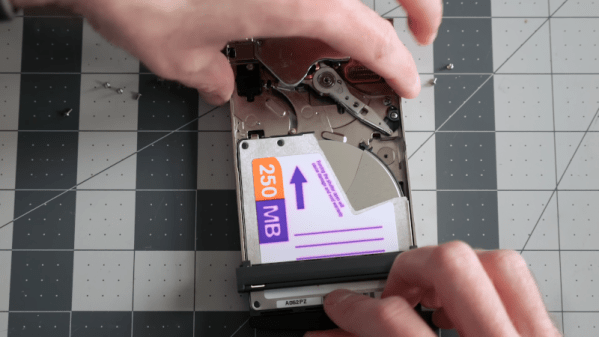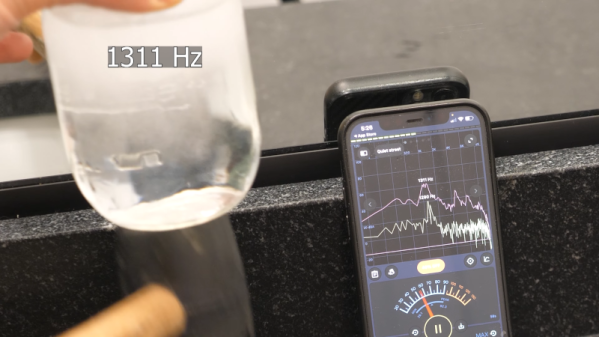Join us on Wednesday, December 20 at noon Pacific for the Superconference Badge Hack Chat with Elliot Williams and Voja Antonic!
There’s a lot to get excited about when October rolls around and you know Supercon is right around the corner. Catching up with old friends, making new ones, hanging out in the alley, catching the talks, and of course the food. But at the top of everyone’s list has to be The Badge. Finding out what cool bit of technology is going to be built into the badge and figuring out exactly how you’re going to hack it once you get your greedy mitts on it — now that’s excitement!
 The 2023 Supercon badge was quite a hit, at least judging by all the cool hacks that people came up with. But what exactly went into getting this badge into everyone’s hands? A lot of work, that’s what, along with a lot of blood, sweat, and tears. And while there was plenty of work to go around and a lot of shoulders to the wheel, a lot of the work fell to Elliot and Voja. They’re going to be hopping into the last Hack Chat of the year to talk all about this amazing badge, from concept to conference, and all the hellish steps in between.
The 2023 Supercon badge was quite a hit, at least judging by all the cool hacks that people came up with. But what exactly went into getting this badge into everyone’s hands? A lot of work, that’s what, along with a lot of blood, sweat, and tears. And while there was plenty of work to go around and a lot of shoulders to the wheel, a lot of the work fell to Elliot and Voja. They’re going to be hopping into the last Hack Chat of the year to talk all about this amazing badge, from concept to conference, and all the hellish steps in between.
Our Hack Chats are live community events in the Hackaday.io Hack Chat group messaging. This week we’ll be sitting down on Wednesday, December 20 at 12:00 PM Pacific time. If time zones have you tied up, we have a handy time zone converter.

















